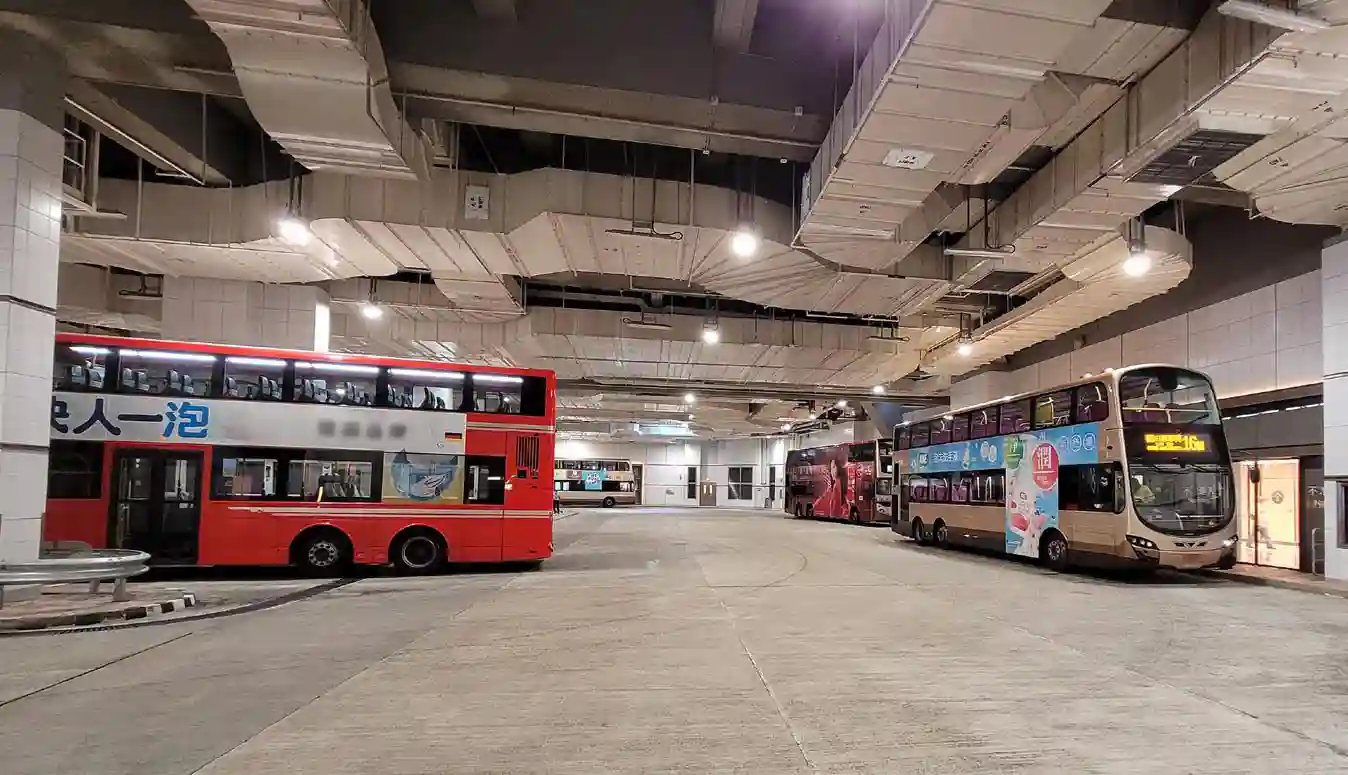Railway transportation has long been regarded as a crucial mode of travel and freight movement. However, like any other system, it is not without its disadvantages. In this blog post, we will delve into the various drawbacks of railway transportation, shedding light on its limitations and challenges. By understanding these disadvantages, we can better appreciate the complexities involved in optimizing this mode of transportation.
- Limited Flexibility:
One of the primary disadvantages of railway transportation is its limited flexibility compared to other modes, such as road or air transport. Railways are fixed routes, and their infrastructure requires significant investment and planning. This lack of flexibility can pose challenges when it comes to reaching remote or less populated areas, limiting accessibility for certain regions. - High Initial Investment:
The construction and maintenance of railway infrastructure demand substantial initial investment. Building new railway lines or upgrading existing ones can be a costly endeavor. This financial burden often falls on governments or private entities, making it a challenging decision to expand railway networks. The high costs associated with railways can sometimes hinder their development, especially in economically disadvantaged regions. - Dependence on Infrastructure:
Railway transportation heavily relies on a well-maintained infrastructure network. Any disruptions, such as natural disasters or technical failures, can significantly impact the system's efficiency and reliability. Maintenance and repairs are essential to ensure smooth operations, but they can also cause temporary disruptions and inconvenience to passengers and freight movement. - Limited Speed:
While railways are known for their ability to transport large volumes of goods and people, they often lag behind other modes of transportation in terms of speed. Trains have to adhere to specific speed limits for safety reasons, and their acceleration and deceleration rates are relatively slower compared to airplanes or cars. This limitation can be a disadvantage when time-sensitive deliveries or long-distance travel are involved. - Environmental Impact:
Although railways are generally considered a more environmentally friendly mode of transportation compared to road or air transport, they still have some negative environmental impacts. The construction of railway lines can lead to habitat fragmentation and disturbance to ecosystems. Additionally, diesel-powered locomotives contribute to air pollution, albeit to a lesser extent than other modes of transport. Efforts to mitigate these environmental impacts, such as electrification and improved fuel efficiency, are ongoing but require substantial investments.
Conclusion:
While railway transportation offers numerous advantages, it is crucial to recognize its disadvantages as well. Limited flexibility, high initial investment, dependence on infrastructure, limited speed, and environmental impact are all factors that need to be considered when evaluating the suitability of railways for specific transportation needs. By understanding these drawbacks, we can work towards finding innovative solutions and optimizing railway systems to overcome these challenges and enhance their overall efficiency and sustainability.




More Stories
How FAMA Traffic Brackets Ensure Long-Term Stability in Urban Signal Installations
Что такое бесщеточный электрический мотоцикл и почему он становится выбором будущего
Что такое бесщеточный электрический мотоцикл и почему он становится выбором будущего